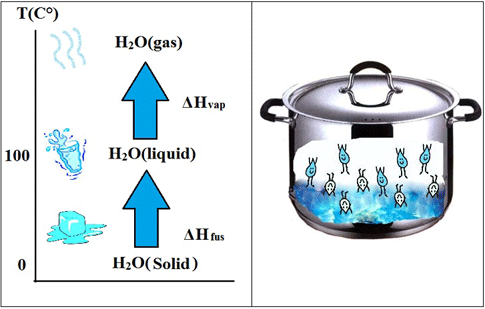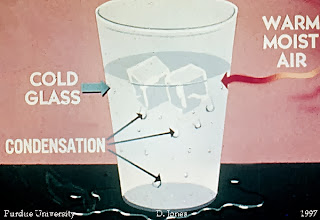Hello people,,,
Today I am going to talk about Kinetic Energy and Potential
Energy.
First, what is energy? Energy is the ability to cause
change.
So, what is kinetic energy and
potential energy? You will be surprised if you learn what it is, because it is
so near to you.
To make it clear, I will tell
you the definition first. Kinetic energy is the energy an object has due to its
motion. If object isn’t moving, there is no kinetic energy, and Potential
energy is the energy stored in an object because of its position.
 pic
pic
It is hard to understand with
these definitions, right? Okay. I will give you the examples. Let’s say there
is a person on the bungee jumping. If a person is at the highest place, which
is the place you jump, it means a person has most potential energy. When a
person falls, the person will gradually get a kinetic energy. When a person
reaches the bottom, the ground, it means a person has the most kinetic energy.
When a person weights more, a person has more potential energy. If I say it
easier, potential energy depends on its mass and height_190854.jpg)
bungee jumping
_190854.jpg)
bungee jumping
Different with potential
energy, kinetic energy depends on mass and speed. When the person weighs more,
and when speed is faster, person has more kinetic energy than lighter person.

Energy can be transferred and
stored. Energy gets transferred when objects collide. I will make an example
with bowling. When the bowling ball gains energy by a person who throws the
ball, and when it rolls, it has kinetic energy. When the ball collides with the
bowling pins, pins are gaining the energy. Since the pins don’t have wheels, it
knocks out. Additionally, energy can never be destroy or created. It just looks
like they do, but they are only changing the forms of the energy like potential
and kinetic.
I got definitions by the textbook physics!
I hope you understood!



